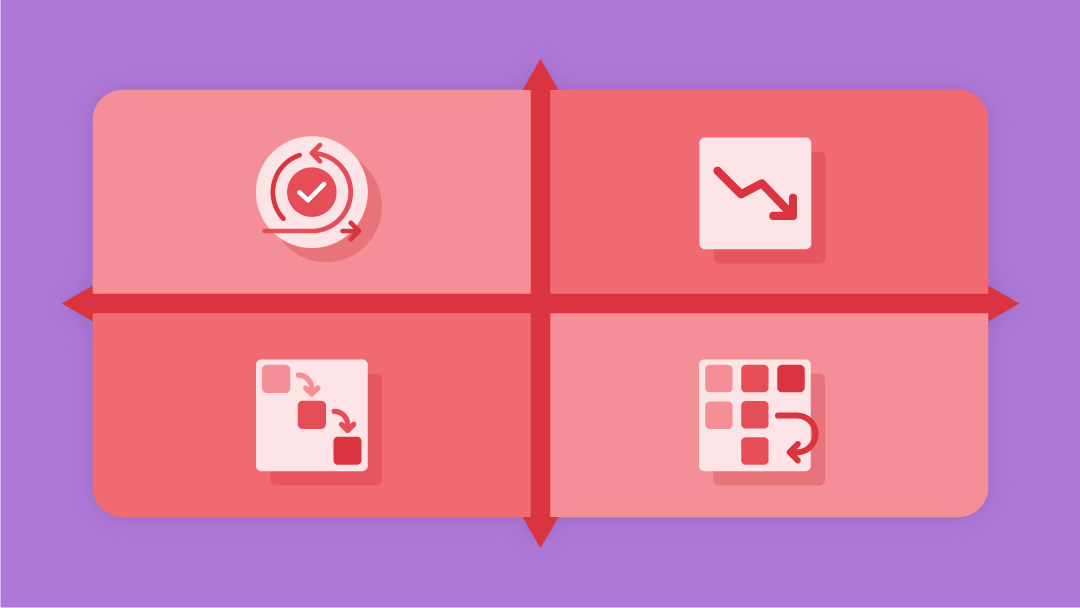04.26.2024
Your Complete Guide To Scaled Agile Framework Certification

Posted by Marbenz Antonio on September 13, 2023

Navigating Scaled Agile Framework Training requires a new perspective. To adapt to this dynamic landscape, institutions have relinquished conventional paradigms governing work and software development. Instead, they are diligently seeking avenues to infuse greater agility into their software development processes, thereby enhancing their competitiveness within their respective industries.
Some software development methodologies abound, each offering a potential route to fortify your team’s agility and yield superlative product quality. Foremost among these frameworks stands Scrum, widely acknowledged for its efficacy. Nonetheless, alternative approaches such as Kanban, Lean, and Extreme Programming (XP) merit contemplation.
Within this instructional exposition, we shall scrutinize these four distinct methodologies, elucidating their merits and appropriateness for your esteemed organization.
Since a functional piece of software won’t be obtained until late in the software development lifecycle, the traditional method of software development involves a lengthy plan with requirements and designs. Projects usually exceed schedules and budgets as a result of this. With the adoption of the Agile methodology, the responsibility for finishing the project on schedule and within budget was divided among the team members.
Agile is a theory that was developed to enhance the software development process. The Agile approach to software development places an emphasis on quick and flexible reactions to changes in requirements, client needs, and technological environments. The word “Agile,” which implies quick and flexible, served as its inspiration.
Scrum is an agile methodology that employs planning, development, testing, and evaluation in a time-boxed cycle to produce high-quality products quickly and advance with each sprint. Cross-functional, self-organizing teams working within the goals of their product owner are the main focus of Scrum. Utilizing their collective knowledge and skill sets, the team selects how to work together most effectively to finish the task within each sprint in order to produce significant outcomes through experimentation.
Continuous improvement is the cornerstone of the Scrum methodology. You work in a team environment and there are multiple incremental steps to creating a project. The main distinction between Scrum and other Agile frameworks is that Scrum bases its project management methodology on sprints. This implies that a defined objective or deliverable must be completed with each project iteration (or sprint). The flexibility of Scrum, its emphasis on ongoing improvement, and its capacity to foster better teamwork are all advantages.
Workflow management with Kanban is mostly used in the software development industry. Using sticky notes on a board called a Kanban board, you move your work from one stage to the next to keep track of it when using Kanban.
Unlike Scrum, which uses sprints and iterations, Kanban does not. Instead, you decide on your cadence based on how usually you want to roll out new features or products. Depending on the requirements and goals of your team, this cycle can range from daily to quarterly releases.
Therefore, Kanban developers work on whatever tasks are available instead of setting deadlines and pushing them out like Scrum does. Kanban is therefore better suited to tasks that follow a workflow.
In addition to creating cadences, Kanban allows you to control inventory levels. Manage work by setting constraints on the number of items in progress, known as WIP limits, effectively limiting active backlog items. Granting teams autonomy to prioritize amid changing project needs and market conditions reduces overwork, fostering a more balanced workflow.
The Kanban approach places an emphasis on visualizing work, restricting work-in-progress, continuous delivery, collaboration, and increasing efficiency and waste reduction. Dividing the necessary work into manageable chunks, we list them on cards nailed to a board.
The cards are moved by the stages that the job is in (such as ready, in progress, etc.). For teams with limited resources or when each item requires input from each team member, the work-in-progress rule is beneficial. The average time it takes to complete a task (also known as the “cycle time”) is tracked and optimized to make the process as efficient and predictable as possible.
As opposed to other agile frameworks, Kanban uses a pull-based method of project management, which is a key distinction. Pulling work into the sprint just when needed reduces waste and keeps projects on schedule.
Utilizing Kanban offers advantages such as emphasizing ongoing improvement, fostering better teamwork, and demonstrating adaptability to work with any project size or type.
Want to learn more? Visit our courses on agile now, and make a difference.
A simple option for teams to enhance their development processes is to employ the lean framework, which focuses on continuous improvement. Continuous change and improvement are the main goals of lean development. The Toyota Production System, which Toyota has employed since the 1950s to encourage continual improvement in their manufacturing processes, is the foundation of Lean. Lean is based on these principles:
The ability to quickly and efficiently identify and reduce waste is one of the advantages of lean. Delivering high-quality products and adding value for the customer are its main priorities.
Although the origins of these agile frameworks differ they each focus on different parts of the development process. They all maintain the values outlined in the Agile Manifesto and support teams in producing high-quality software rapidly. The maturity of your organization and the method you wish to use for product development will determine which Agile framework you choose. For instance, Kanban might be a better choice if you’re a start-up. However, Scrum or XP can be a better option if the team has experience with agile methods.
Overall, agile certifications have an impact and will undeniably only grow to be more in demand. Visit all our courses on Agile here, and get certified.
Here at CourseMonster, we know how hard it may be to find the right time and funds for training. We provide effective training programs that enable you to select the training option that best meets the demands of your company.
For more information, please get in touch with one of our course advisers today or contact us at training@coursemonster.com
